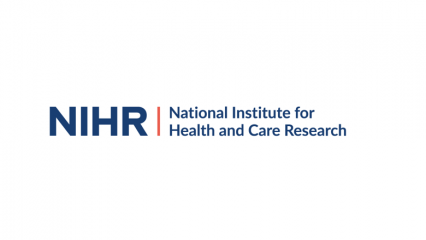Research shows innovative heart attack test could reduce pressure on emergency departments
A novel test developed by Central Manchester University Hospitals NHS Foundation Trust (CMFT) could allow 40 per cent of patients arriving at emergency departments with a suspected heart attack to be immediately reassured and safely discharged.
Developed in collaboration with The University of Manchester and Manchester Metropolitan University, the test breaks new ground by also giving doctors a precise estimate of the risk that an individual patient has a heart problem. This could enable doctors to provide healthcare that is customised to the individual needs of a patient, while also enabling patients to play a more active role in decisions about their healthcare. Funded by the NIHR, this new research was published online in Emergency Medicine Journal1.
Chest pain is the number one reason for emergency hospital admission, accounting for over 250,000 admissions a year in England and Wales. Whilst in Manchester premature death due to heart disease is amongst the highest in England.
The symptoms associated with a heart attack and those of non-cardiac conditions, such as indigestion, are often similar and can cause unnecessary delays for those patients going to emergency departments with suspected heart attacks.
Previous research involving over 2000 patients at CMFT, Stockport NHS Foundation Trust and Poole NHS Foundation Trust demonstrated that the Manchester Acute Coronary Syndromes (MACS) model, in combination with two blood tests taken at admission allowed 25 per cent of patients with suspected heart attacks to be immediately discharged.
This new analysis led by Professor Rick Body, Consultant in Emergency Medicine at CMFT and NIHR Academic Clinical Lecturer, indicates that a simplified version of the model (troponin-only; T-MACS) which requires only one blood test can boost this figure to 40 per cent. This is an exciting development, which could bring huge benefits to patients and emergency departments.

The traditional MACS model uses two blood tests taken at admission (high sensitivity cardiac troponin and heart-type fatty acid binding protein) to calculate likelihood that a heart attack has taken place, and decide whether discharge or further investigation is required.
Although accurate and effective in reducing waiting times for patients, the need to run a blood test for heart-type fatty acid binding protein can be a barrier to implementation as it is not widely used in health services internationally. Professor Body and co-authors of the research, who represent other leading emergency medicine institutions in the UK and Australia, hope that simplifying the model will bring benefits for patients in the UK and beyond.
Professor Body explains:
The T-MACS model provides an opportunity for us to reduce unnecessary hospital admissions and more appropriately allocate time and resource to patients who need help most. By providing a precise estimate of the risk that an individual patient has a heart problem, the model helps doctors to make more accurate decisions about individual patients.
“The T-MACS model still requires further testing before we can realise all of its potential benefit, and we are currently collecting data to monitor the performance of the model when it is used in real-life practice. In the future, we hope that T-MACS will provide valuable information that empowers patients and provides them with the option to play a more active role in decisions about their healthcare. Our goal is to achieve genuinely bespoke healthcare for each individual patient, uniquely tailored according to the patient’s own preferences and values. This is known as ‘precision medicine’ and, to our knowledge, it is the first time such an approach has been applied in Emergency Medicine.”
- Body R, Carlton E, Sperrin M, al (2016) Troponin-only Manchester Acute Coronary Syndromes (T-MACS) decision aid: single biomarker re-derivation and external validation in three cohorts. Emergency Medicine Journal (http://emj.bmj.com/content/early/2016/08/26/emermed-2016-205983.full)




